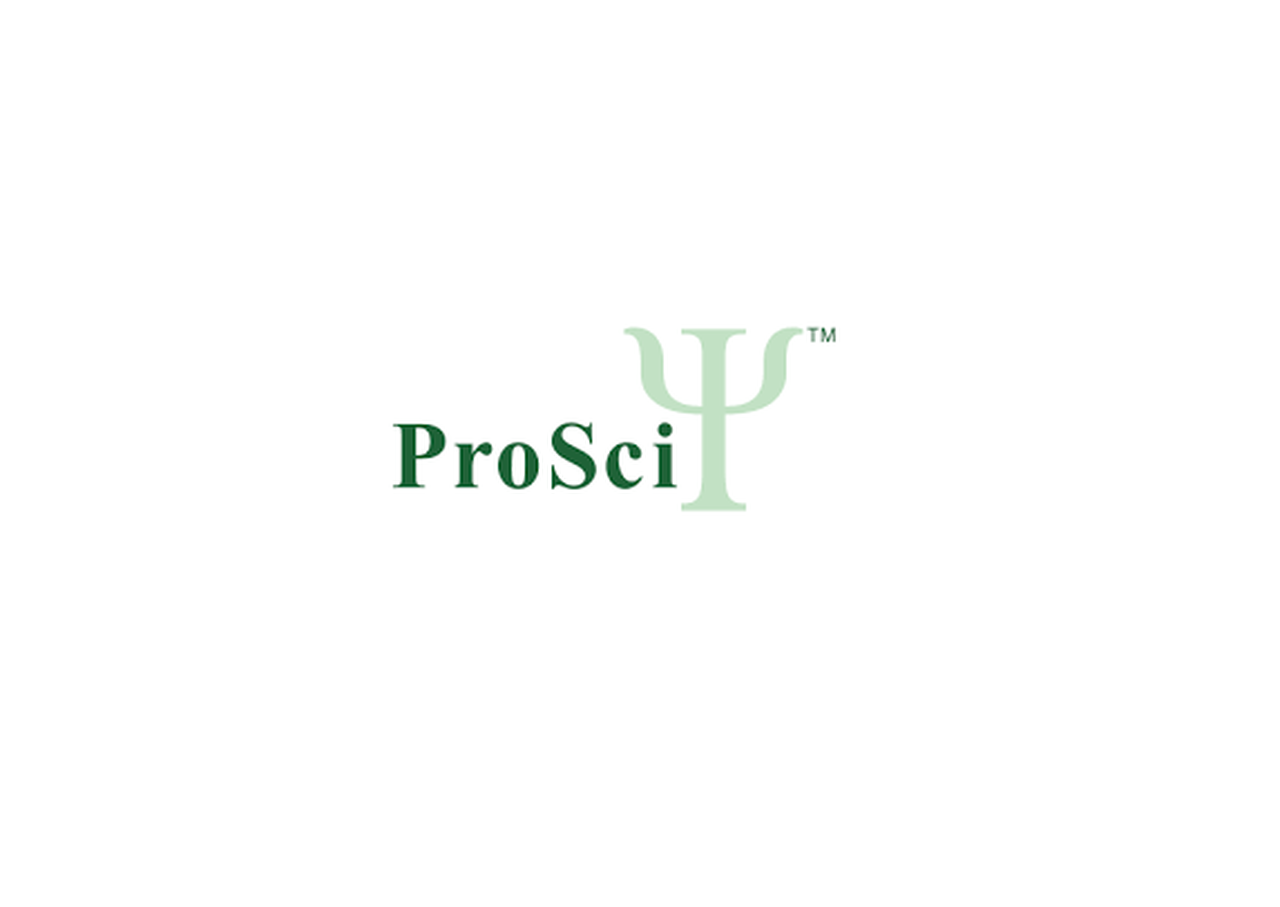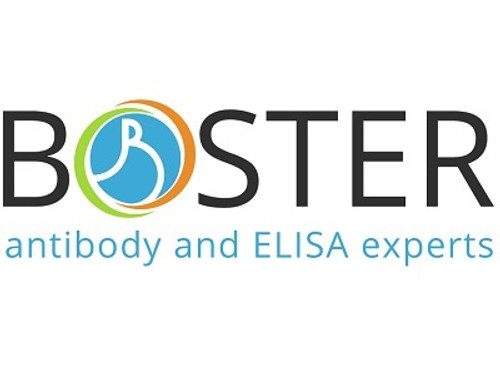Product Description
HUS1B Antibody | 30-841 | ProSci
Host: Rabbit
Reactivity: Human
Homology: N/A
Immunogen: Antibody produced in rabbits immunized with a synthetic peptide corresponding a region of human HUS1B.
Research Area: Other
Tested Application: E, WB
Application: HUS1B antibody can be used for detection of HUS1B by ELISA at 1:312500. HUS1B antibody can be used for detection of HUS1B by western blot at 0.5 μg/mL, and HRP conjugated secondary antibody should be diluted 1:50, 000 - 100, 000.
Specificiy: N/A
Positive Control 1: Cat. No. 1304 - Human Liver Tissue Lysate
Positive Control 2: N/A
Positive Control 3: N/A
Positive Control 4: N/A
Positive Control 5: N/A
Positive Control 6: N/A
Molecular Weight: 31 kDa
Validation: N/A
Isoform: N/A
Purification: Antibody is purified by peptide affinity chromatography method.
Clonality: Polyclonal
Clone: N/A
Isotype: N/A
Conjugate: Unconjugated
Physical State: Liquid
Buffer: Purified antibody supplied in 1x PBS buffer with 0.09% (w/v) sodium azide and 2% sucrose.
Concentration: batch dependent
Storage Condition: For short periods of storage (days) store at 4˚C. For longer periods of storage, store HUS1B antibody at -20˚C. As with any antibody avoid repeat freeze-thaw cycles.
Alternate Name: HUS1B, MGC126746, MGC126748, RP11-532F6.1
User Note: Optimal dilutions for each application to be determined by the researcher.
BACKGROUND: HUS1Bis most closely related to HUS1, a component of a cell cycle checkpoint protein complex involved in cell cycle arrest in response to DNA damage. HUS1B can interact with the check point protein RAD1 but not with RAD9. Overexpression of HUS1B has been shown to induce cell death, which suggests a related but distinct role of this protein, as compared to the HUS1.The protein encoded by this gene is most closely related to HUS1, a component of a cell cycle checkpoint protein complex involved in cell cycle arrest in response to DNA damage. This protein can interact with the check point protein RAD1 but not with RAD9. Overexpression of this protein has been shown to induce cell death, which suggests a related but distinct role of this protein, as compared to the HUS1.
 Euro
Euro
 USD
USD
 British Pound
British Pound
 NULL
NULL










